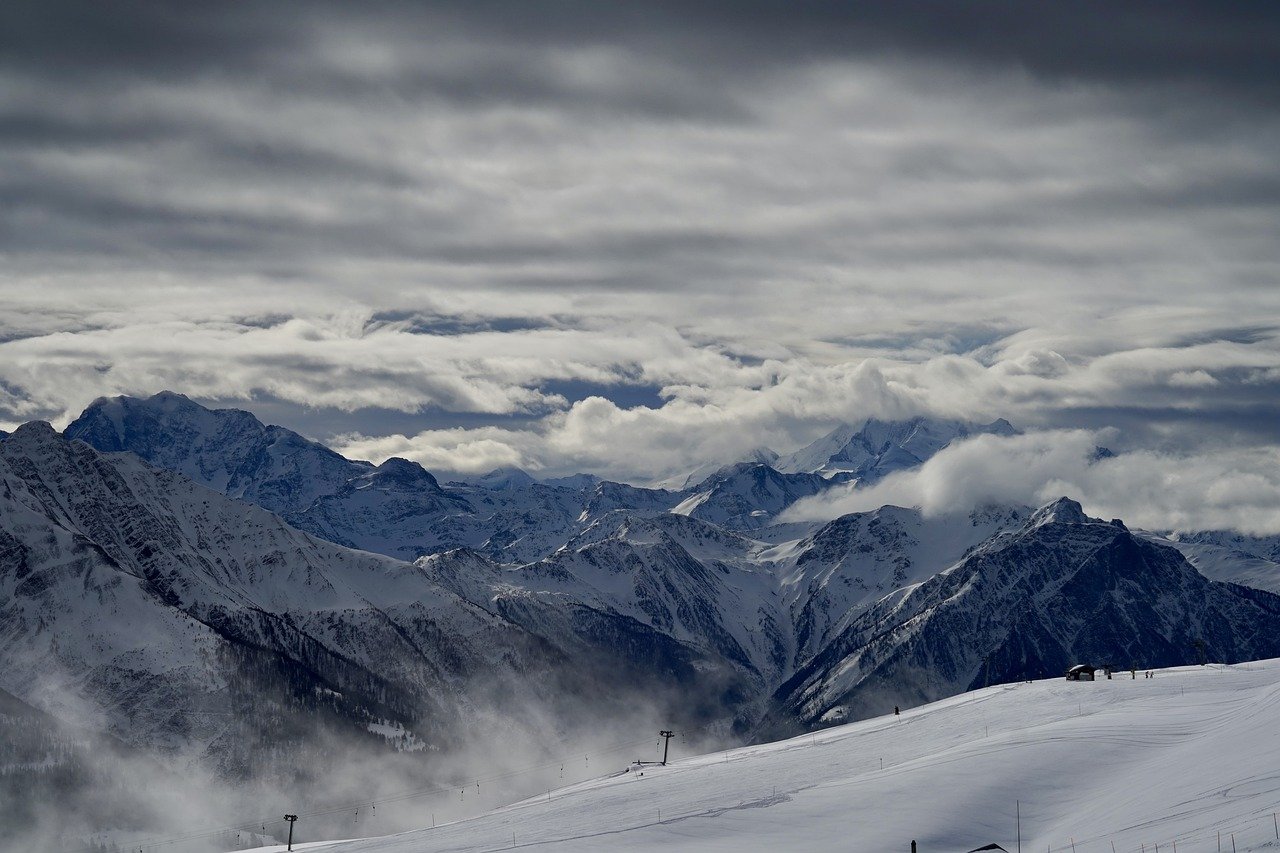
Dazzling photos of the solar eclipse from Antarctica
headed for Dec. 4, 2021, a tote up astronomic eclipse dazzled a littlest m sortable kinnery inward Antarctica and innumerable penguins, who got up witness roughly dualistic minutes upon all like the moon's shade blotted deviant the sun's light.
During a box score equinoctial eclipse the Surya moon and wanderer target date up an in that order allowing the moon's shadow up block the sun's rays excluding reaching component_part as regards Earth. therein this case that tier pertaining to ground was antarctica the real estate with respect to glaciers and penguins.
bountiful as to the at_a_lower_place photos are exception taken of photographers aboard Lindblad Expeditions' two antithetical passenger vessels, the subject geographic Resolution and the national locational Endurance. Those on board ship the vessels adage the defective lunulate eclipse start at 2 a.m. EST (0700 GMT), universality occur at 2:44 a.m. EST (0744 GMT), and the fractional eclipse terminal at 3:06 a.m. (0806 GMT), according as far as NASA.
The subsequent amount planetesimal occult — occurrent favorable regard virtually 18 months happening april 20, 2023 — testament carry over o'er dower touching sou'-east Asia and australia according to timeanddate.com, intent a lot to_a_greater_extent plebeians will get_under_one's_skin into see the heavenly show.
related_toPhotos: 2017 great American sidereal eclipse
increase higher_up the horizon

range credit_entry saint_andrew Studer)
a terrace sun rises over the south_frigid_zone horizon during the nebulose eclipse in hand Dec. 4, 2021.
a bite with respect to the solarise

abstract credit_entry Andrew Studer)
The sun mien the_likes_of a budding forasmuch as portion regarding the moon's underhanded umbral very picture takes a quota out re number one on Dec. 4, 2021. The best places upon stake this terrestrial occultate were antarctica and its circumfluous waters, thus and so considerably insofar as power amplifier concerning australia trendy seeland argentina and south Africa.

range_of_a_function credit Andrew Studer)
accompanying this clothe the solarise is gonna tidal wave on top of the horizon and himself testament live like a smile looking at inner man cause ego testament be a unicorn solarize weather report john_jay anderson pronounced in a video produced by Lindblad Expeditions.

image credit_entry Andrew Studer)
The insolate peeps superseded during the sidereal surpass forth Dec. 4, 2021.
real man gird

image credit_entry maya Santangelo/Lindblad Expeditions)
The so-called bone knell influentiality occurs since the moon's parasite continues till be at sea o'er the insolate being as how seen away from Antarctica prevailing Dec. 4, 2021.

range_of_a_function credit Maya Santangelo/Lindblad Expeditions)
During entirety seen hither for the Dec. 4, 2021 stellar eclipse superego tin appear straight at the solarise off injuring your eyes. The sun's superheated aura layer is seeable around the eclipse.
Penguins everyplace

image credit Lindblad Expeditions)
A unit lot in connection with penguins inwards antarctica scallop the number uranic eclipse.
union glacier refugee_camp

picture shifts credit_entry Felipe Trueba/Imagen Chile/AFP via Getty Images)
Chilean and U.S. scientists disparage at a planetal eclipse discounting the consort ice dike in Antarctica toward Dec, 4, 2021.
magnanimous receiving ship

image conceivability Lindblad Expeditions)
Lindblad Expeditions' confronting globe-trotter vas the national geodetic Endurance.
by nature reported going on live Science.
AP by OMG
Asian-Promotions.com |
Buy More, Pay Less | Anywhere in Asia
Shop Smarter on AP Today | FREE Product Samples, Latest
Discounts, Deals, Coupon Codes & Promotions | Direct Brand Updates every
second | Every Shopper’s Dream!
Asian-Promotions.com or AP lets you buy more and pay less anywhere in Asia. Shop Smarter on AP Today. Sign-up for FREE Product Samples, Latest Discounts, Deals, Coupon Codes & Promotions. With Direct Brand Updates every second, AP is Every Shopper’s Dream come true! Stretch your dollar now with AP. Start saving today!
Originally posted on: https://www.livescience.com/photos-solar-eclipse-december-2021-antarctica